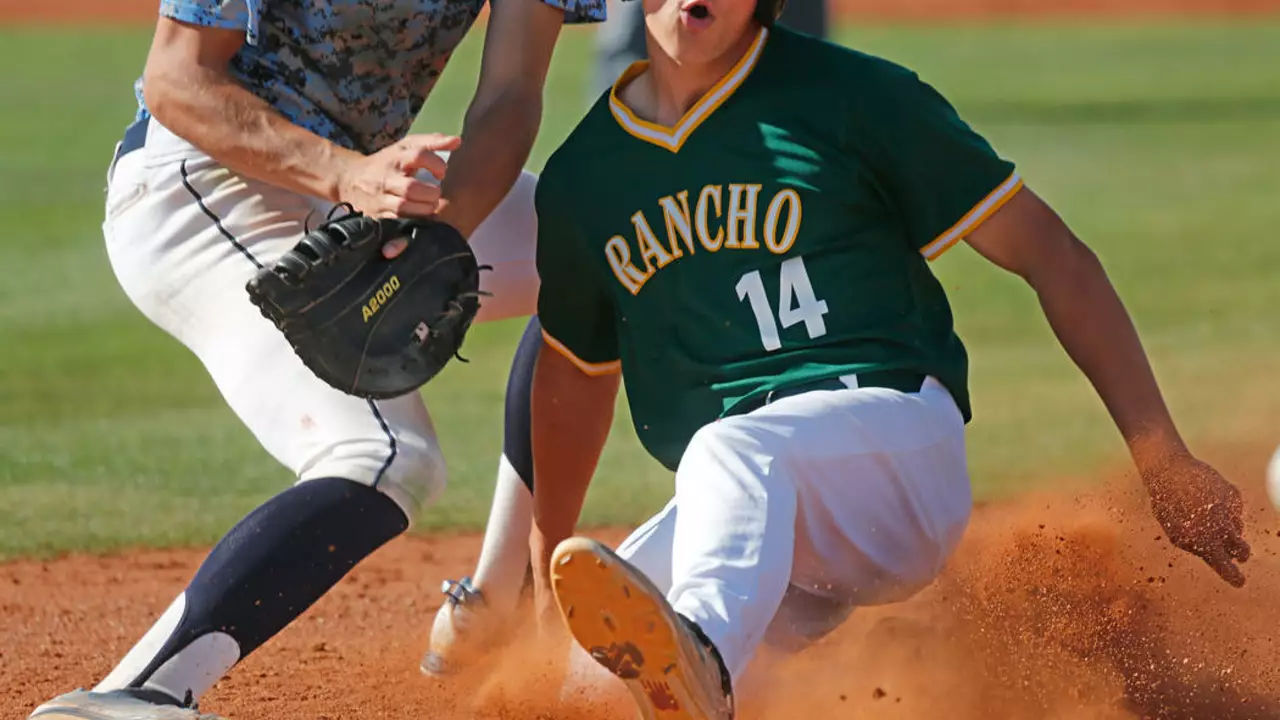Missing Big Toe: Impact, Recovery & Sports Insight
When dealing with missing big toe, the loss of the hallux can change how you walk, run, and move on the field. Also known as partial toe amputation, it often results from injury, infection, or medical conditions. Foot balance, the ability to distribute weight evenly across the foot becomes a key challenge, while Physical therapy, targeted exercises and manual work to restore strength and coordination offers the primary route to regain function. For athletes, especially baseball players, Sports performance, how well you execute movements, speed, and power hinges on adapting techniques and equipment.
How a Missing Big Toe Changes Everyday Life
First off, the big toe does most of the work when you push off the ground. Lose it, and you’ll notice a wobble in your gait within a few steps. That wobble isn’t just a nuisance; it can lead to knee or hip strain because the body tries to compensate. Most people find that a sturdy, low‑profile shoe with a wide toe box helps keep the foot stable. Some even turn to custom orthotics that fill the gap left by the missing toe, giving the foot a more even platform.
Balance drills become a daily habit. Simple moves like standing on one leg, then switching, train the remaining toes and the arch to pick up the slack. Research from a foot‑health clinic in 2022 showed a 30 % improvement in stance stability after six weeks of targeted balance exercises. That same study highlighted the importance of ankle mobility—tight ankles make the foot work harder, worsening the wobble.
When you’re ready to move beyond home exercises, consider low‑impact activities first. Swimming or cycling let you keep the heart rate up without stressing the foot. Once confidence returns, gradual re‑introduction of weight‑bearing sports—like jogging—should follow a structured plan: start with short, flat routes, monitor any pain, then slowly increase distance and slope.
Sports‑Specific Adjustments: What Baseball Players Need to Know
Baseball throws a lot of unique demands on the feet. Fielders need quick lateral shuffles, while hitters generate power from a solid push off the back foot. A missing big toe can blunt that push, reducing bat speed by a few percent. To offset this, many players add a slightly higher heel in their cleats, giving extra leverage for the toe‑off phase.
Coaches often suggest tweaking stance width. A slightly wider stance gives the remaining toes more surface area to bear the load, while a narrow stance forces the foot to overcompensate, raising injury risk. Some minor league teams now provide athletes with a custom insole that mimics the shape of a big toe, using silicone to fill the void and improve pressure distribution.
Beyond equipment, proprioceptive training is vital. Drills like catching a ball while standing on a foam pad force the nervous system to fine‑tune foot placement. Over time, this sharpens the body’s internal map, letting a player react faster on the mound or at first base despite the missing toe.
It’s also worth mentioning that a missing big toe doesn’t automatically sideline a player. History shows several successful athletes who adapted and continued to excel. The key lies in early rehab, smart footwear choices, and tweaking technique—nothing more mystical than good, consistent work.
Rehabilitation Roadmap: From Surgery to Full‑Speed Action
The rehab journey splits into three phases. Phase 1 focuses on wound healing and gentle range‑of‑motion work. Phase 2 ramps up strength—think toe curls with a towel or resistance band, plus calf raises to keep the ankle engaged. Phase 3 pushes toward sport‑specific drills, integrating sprint starts, agility ladders, and baseball‑specific movements.
Throughout, monitoring pain levels is crucial. A mild ache during the first weeks is normal, but sharp spikes signal over‑use and should halt progress. Regular check‑ins with a physical therapist ensure the program stays on track and adapts to any setbacks.
Nutrition also plays an understated role. Protein aids tissue repair, while calcium and vitamin D support bone health—both essential when parts of the foot are healing or adjusting to new loads.
Finally, mental resilience can’t be ignored. Losing a part of the foot can feel like a big blow to confidence, especially for competitive athletes. Talking with a sports psychologist or joining a support group can keep motivation high and help navigate the frustration that sometimes comes with a slow recovery.
All these pieces—balance work, proper footwear, targeted therapy, and a strategic sports plan—join together to turn a missing big toe from a roadblock into a manageable challenge. Below you'll find a mix of stories, tips, and deep‑dive articles that walk through everything from everyday coping tricks to high‑level baseball adjustments. Dive in, and you’ll see exactly how players and everyday folks alike can stay active, stay strong, and keep enjoying the game.
- Quinton Stryker
- 0
How to play baseball with a missing big toe on your foot?
Playing baseball with a missing big toe might seem challenging, but it's definitely possible. The key is to adapt your stance and movements to compensate for the lost balance and power usually provided by the big toe. It's crucial to focus on strengthening your other toes and leg muscles to aid in running and pivoting. Using customized footwear can provide extra support and comfort. Remember, patience and perseverance will be your best allies in this journey.
Read more